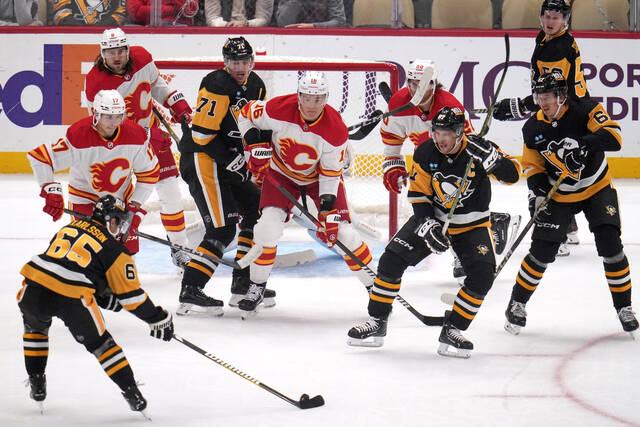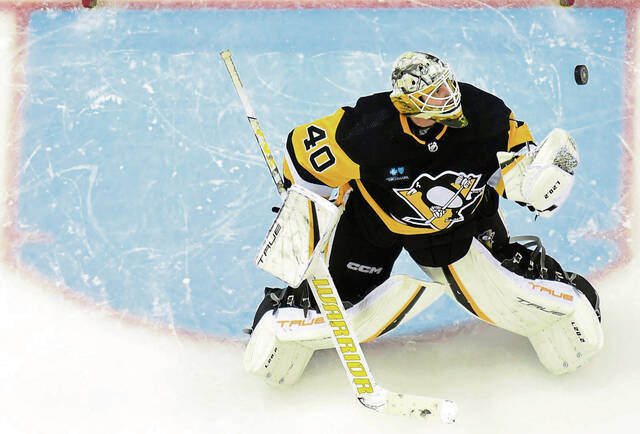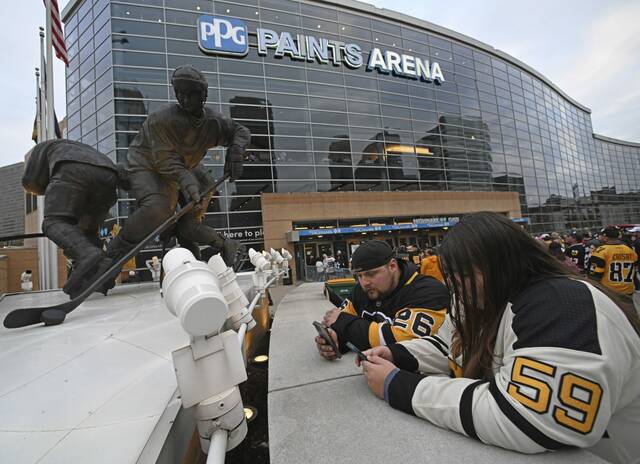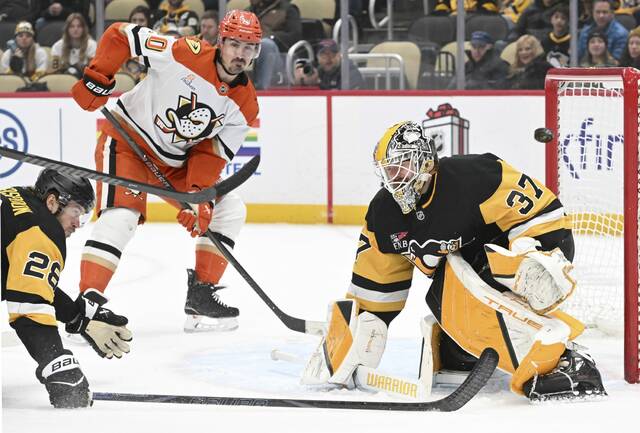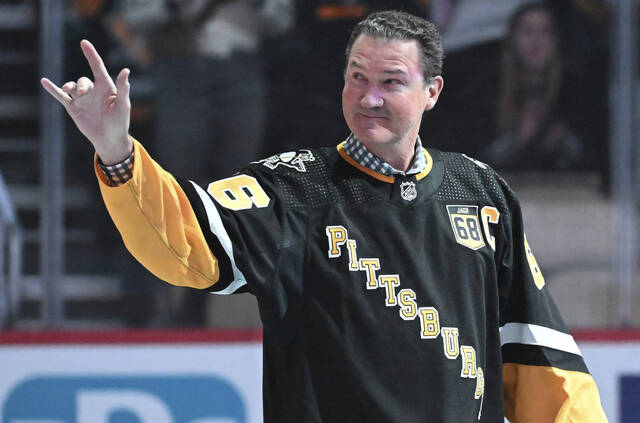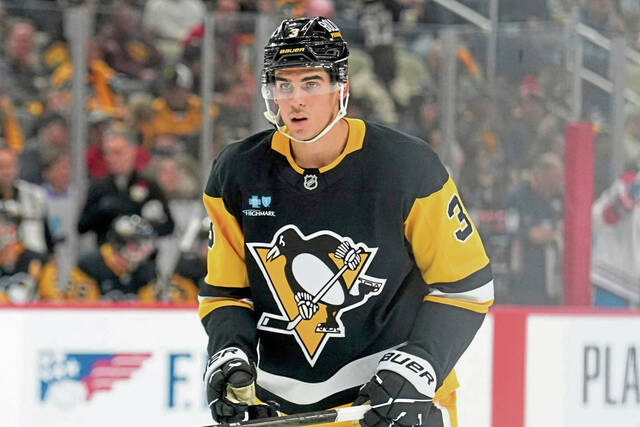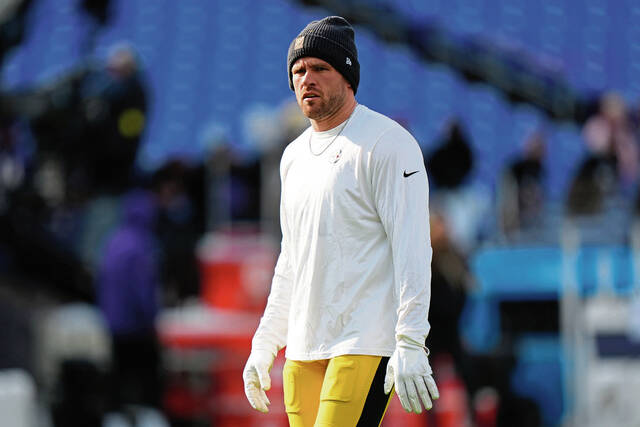Pittsburgh Penguins winger Rickard Rakell probably spoke for many of his teammates when asked earlier this season why the power play could not seem to gain any traction.
“I wish I had an answer,” Rakell said in March. “I would be the first guy to change something.”
The Penguins’ power play finished 30th in the NHL this year with a conversion rate of 15.3%.
With the season over, the club can perform a deep dive into what went wrong.
“It’s on all of us,” said president of hockey operations/general manager Kyle Dubas. “It’s on me to have the proper personnel. It’s on the coaching staff to direct the players. It’s on the players. It’s a collective situation that we need to get much, much better at. It was obviously costly.”
It was a unit starring future hall of famers Sidney Crosby and Evgeni Malkin, with an impressive supporting cast of players like Kris Letang, Bryan Rust and, before he was traded to Carolina in early March, Jake Guentzel.
However, one need not look further into the past than two seasons ago (when the power play, featuring the aforementioned cast, finished 19th in the NHL) to see that having Crosby, Malkin and Co. doesn’t guarantee success.
No doubt aware of the power play’s underperformance upon taking over the Penguins’ front office, Dubas orchestrated a blockbuster trade last August for three-time Norris Trophy-winning defenseman Erik Karlsson in part to bolster that unit.
Unfortunately for the Penguins, Karlsson’s inclusion on the power play moved the needle in the opposite direction.
That’s not to single out Karlsson in particular, but the stats don’t lie.
The Penguins were worse on the man-advantage with him than they were two years ago without.
“It’s tough to (assess), and I don’t think it (was) just one thing,” Karlsson said. “I think that we tried as hard as we could to figure everything out and once it started going in the other direction, it was too hard for us to get out of it. What that is, I don’t really know. I don’t think, again, there’s just one single thing. I think it was just a snowball effect that (none) of us could stop.”
Over the course of the year, coach Mike Sullivan found some solace in what the advanced analytics were suggesting.
Few teams in the NHL appeared to be creating more quality looks and chances on the power play, with the Penguins’ 66.83 expected goals ranking third in the NHL.
But the actual results did not come close to matching up.
The Penguins managed only 40 goals on the man-advantage, 28th in the league, for a -26.83 differential between expected and actual goals.
For Dubas, the positive picture painted by analytics only goes so far.
“I don’t buy into what we’re generating in terms of expectation,” Dubas said. “The power play is about execution and outcomes. You have to produce. We can’t allow short-handed goals against. We have to execute at a high level. In the end, it comes down to execution. Execution is borne out of the systems.”
By the end of the season’s first month in October, the Penguins’ power-play had suffered a six-game scoreless streak.
Things got worse as, from Nov. 14-Dec. 8, it failed to produce a goal in 13 consecutive games, going 0 for 37.
“We just didn’t seem to be in sync,” forward Lars Eller said. “We didn’t really seem to be in sync as a five-man unit. We had great players, and you think it should work well and it should be a strength of ours. For whatever reason, we weren’t in sync, or the execution wasn’t there where you thought it would be. … For long stretches, it certainly didn’t live up to our own expectations.”
The addition of winger Michael Bunting, acquired in the Guentzel trade, made a slight impact on the power play, with it going 9 of 50 (18%) from early March, when he first joined the units, through year’s end.
That’s still a substandard clip given all the talent at the Penguins’ disposal, but Bunting offering the man-advantage a true net-front presence is something to keep an eye on heading into next season.
Newly retired Jeff Carter had provided the closest thing to that for the Penguins, but it was more because of his 6-foot-3 size as opposed to Bunting, who operates down low out of personal preference.
Having him screening goalies, fighting for loose pucks and burying rebounds may offer some help in narrowing the gap between the Penguins’ high expected but low actual goals.


